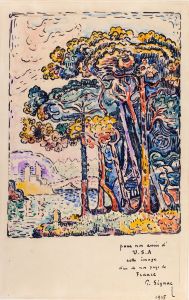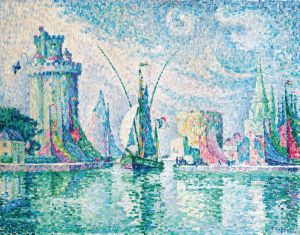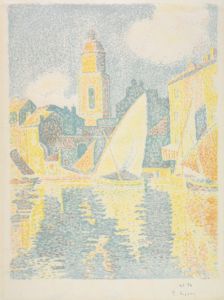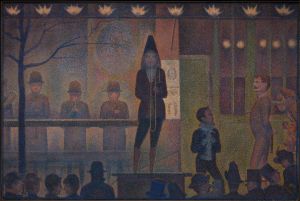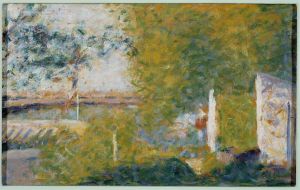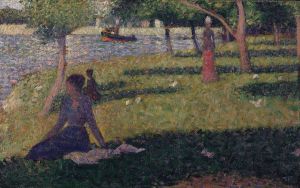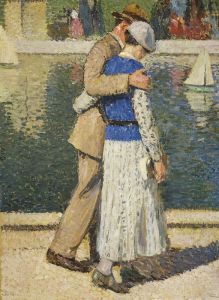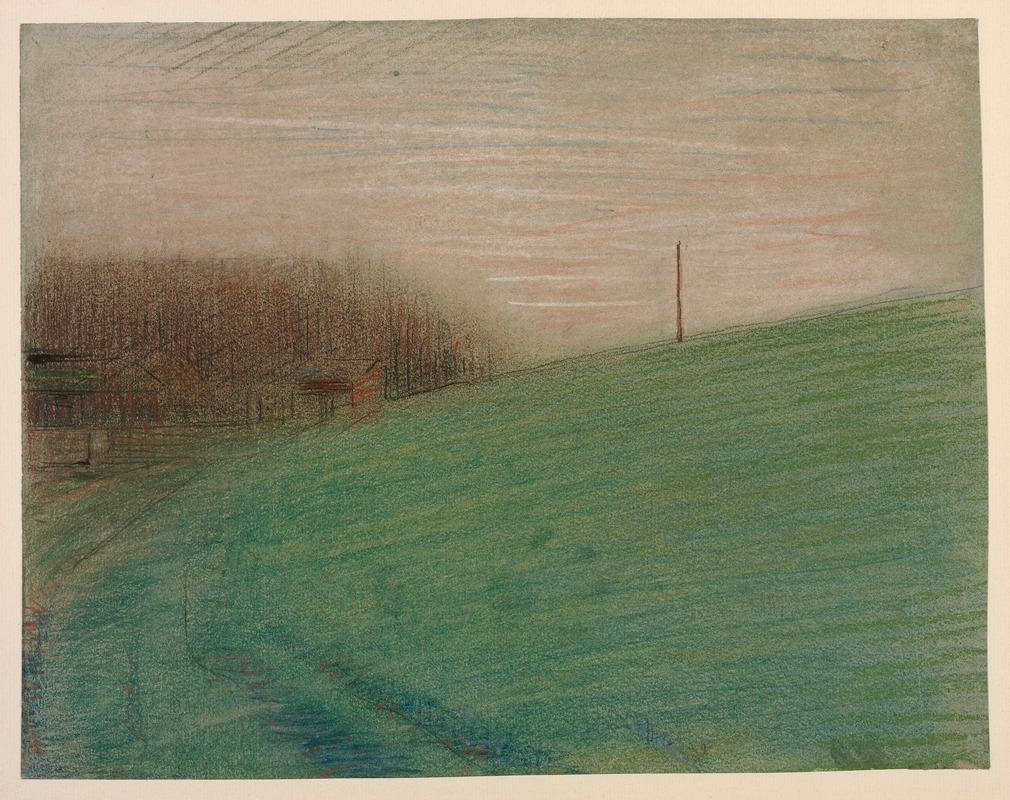
The Meadow
A hand-painted replica of Georges Seurat’s masterpiece The Meadow, meticulously crafted by professional artists to capture the true essence of the original. Each piece is created with museum-quality canvas and rare mineral pigments, carefully painted by experienced artists with delicate brushstrokes and rich, layered colors to perfectly recreate the texture of the original artwork. Unlike machine-printed reproductions, this hand-painted version brings the painting to life, infused with the artist’s emotions and skill in every stroke. Whether for personal collection or home decoration, it instantly elevates the artistic atmosphere of any space.
Georges Seurat, a French post-Impressionist artist, is renowned for pioneering the technique known as pointillism, a method of painting in which small, distinct dots of color are applied in patterns to form an image. One of his lesser-known works is "The Meadow," which exemplifies his innovative approach to capturing light and color.
"The Meadow" was created during a period when Seurat was deeply exploring the scientific principles of color and perception. Although not as famous as his masterpiece "A Sunday Afternoon on the Island of La Grande Jatte," "The Meadow" still reflects his meticulous attention to detail and his commitment to the technique of pointillism. This painting, like many of Seurat's works, is characterized by its use of tiny dots of pure color, which blend in the viewer's eye to create a fuller range of tones and hues.
Seurat's interest in color theory was influenced by the works of scientists such as Michel Eugène Chevreul and Ogden Rood, who studied the optical effects of colors placed side by side. Seurat applied these theories to his art, believing that a more vibrant and harmonious effect could be achieved through the optical mixing of colors rather than the physical mixing of pigments. "The Meadow" is a testament to this belief, showcasing a landscape that comes to life through the interplay of light and color.
The painting depicts a serene rural scene, capturing the tranquility of a meadow bathed in sunlight. Seurat's use of pointillism allows the viewer to experience the vibrancy of the natural world, as the dots of color create a shimmering effect that mimics the play of light on grass and foliage. The composition is carefully structured, with a balance between the open space of the meadow and the more densely populated areas of trees and vegetation.
Seurat's work on "The Meadow" also reflects his interest in capturing the essence of modern life and the natural environment. While many of his contemporaries focused on urban scenes and the bustling life of Paris, Seurat often turned his attention to the quieter, more contemplative aspects of life. This painting, with its focus on a peaceful landscape, invites viewers to pause and appreciate the beauty of the natural world.
"The Meadow" is a fine example of Seurat's ability to blend scientific precision with artistic expression. His dedication to the principles of pointillism and color theory resulted in works that were not only visually striking but also intellectually engaging. Although "The Meadow" may not be as widely recognized as some of his other paintings, it remains an important part of Seurat's oeuvre, illustrating his innovative approach to art and his lasting impact on the world of painting.
In summary, Georges Seurat's "The Meadow" is a notable work that exemplifies his pioneering use of pointillism and his deep understanding of color theory. Through this painting, Seurat captures the serene beauty of a rural landscape, inviting viewers to experience the vibrancy and harmony of the natural world through his unique artistic vision.





